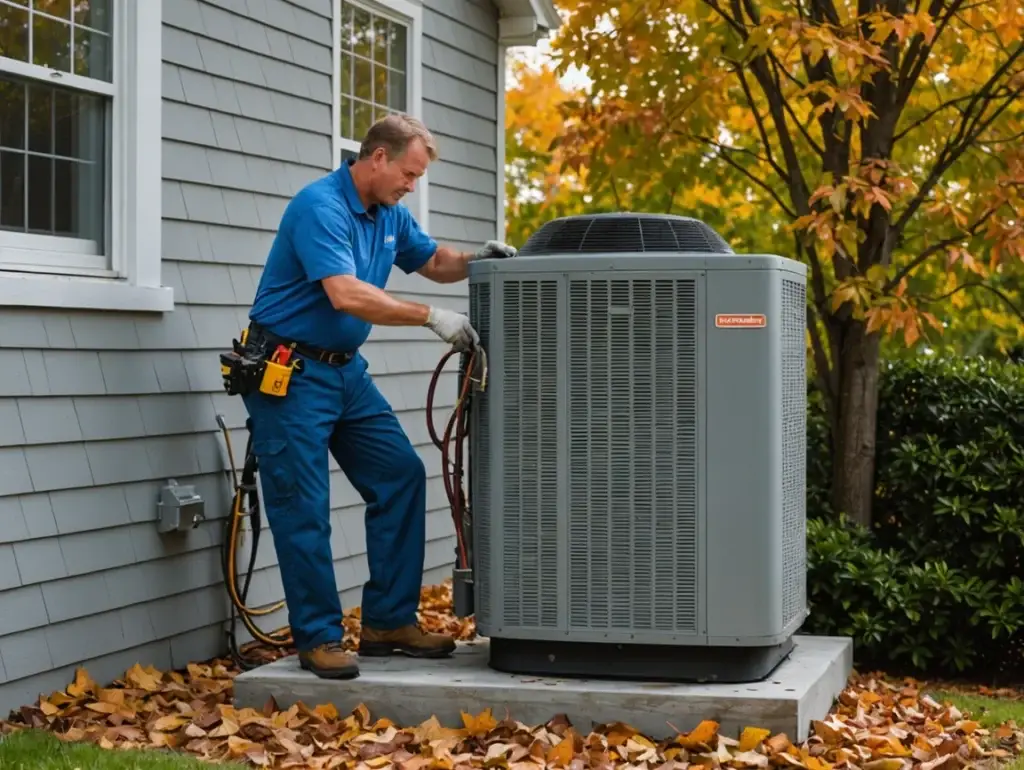[vc_row][vc_column][vc_column_text]In the intricate world of HVAC systems, various components work in harmony to ensure your home remains a haven of comfort, regardless of the weather outside. Among these components, the thermostatic expansion valve (TXV) plays a pivotal yet often underappreciated role in maintaining your system’s efficiency and performance. This blog post will shed light on what a thermostatic expansion valve is, its function within your HVAC system, and why it’s considered an unsung hero in home comfort.
Understanding the Thermostatic Expansion Valve
The thermostatic expansion valve is a precision device designed to regulate the flow of refrigerant into the evaporator coil of your HVAC system. Positioned at the entry point to the evaporator, the TXV’s primary function is to ensure that the refrigerant expands and cools to the optimal temperature and pressure necessary for absorbing heat from the indoor air efficiently.
How Does a TXV Work?
The TXV operates based on a balance of pressures and temperatures, adjusting the rate at which refrigerant is allowed into the evaporator. It does this by sensing changes in the cooling load, which can fluctuate based on several factors, including outdoor temperature and indoor heat sources. The valve then adjusts the refrigerant flow accordingly, ensuring the system operates efficiently under varying conditions.
Key components of a TXV include:
The Sensing Bulb:
Attached to the evaporator’s output side, it monitors the temperature of the refrigerant as it exits the evaporator.
The Diaphragm:
Responds to changes in pressure and temperature, as sensed by the bulb, to control the valve opening.
The Spring:
Works against the diaphragm to maintain the desired superheat (the optimal temperature and pressure of the refrigerant) by adjusting the valve’s opening.
Why Is the TXV Important?
- Efficiency:
By precisely controlling refrigerant flow, the TXV plays a critical role in maximizing the energy efficiency of your HVAC system. It ensures that the evaporator coil operates under ideal conditions, improving the system’s ability to transfer heat and thus reducing unnecessary energy consumption.
- Performance:
The TXV helps maintain consistent cooling and heating performance, adapting to changes in demand. This adaptability is crucial for achieving comfortable indoor temperatures year-round.
- Protection:
By preventing the evaporator coil from becoming too cold (which could cause it to freeze) or too warm (which could reduce its ability to absorb heat), the TXV indirectly protects the system from damage and prolongs its lifespan.
TXV Maintenance and Troubleshooting
While the TXV is designed for durability, issues can arise that may affect its performance, such as clogging or failure of the sensing bulb. Signs that your TXV may need attention include insufficient cooling or heating, ice formation on the evaporator coil, or unusual noises from the system.
Regular HVAC maintenance is essential for ensuring the TXV and other components are in good working order. A professional technician can diagnose and resolve any issues, keeping your system running efficiently.
The thermostatic expansion valve may not be the most visible component of your HVAC system, but its role in ensuring efficiency and comfort cannot be overstated. By understanding how the TXV works and recognizing its importance, homeowners can better appreciate the complex orchestration of components that keep their living spaces comfortable.
For any concerns regarding your HVAC system’s performance or to schedule regular maintenance, including TXV inspection and servicing, reaching out to a trusted HVAC professional is always recommended. Ensuring this small but mighty component is functioning correctly can make a significant difference in your system’s overall efficiency and reliability. [/vc_column_text][/vc_column][/vc_row]


